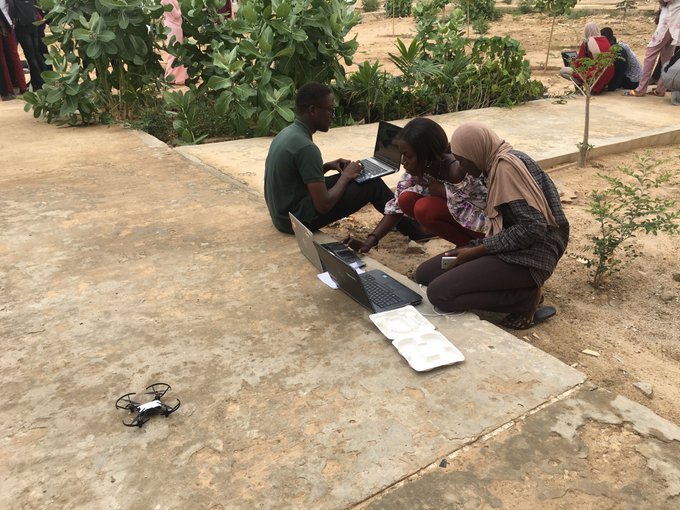
By Désiré Banse, Prometheus Computing UAS Innovations Group Lead, Contractor at the National Institute of Standards and Technology (NIST), member of the PCI Executive Action Board, and Assane Gueye, PhD., Contractor at the National Institute of Standards and Technology (NIST) and Assistant Professor at the Dept. of Information and Communication Technologies, Université Alioune Diop, Bambey-Senegal
Working and learning with people in Burkina Faso, Senegal is incredibly rewarding.
For the past couple years, I have been traveling to Africa and working with students and professionals. There are many problems that people face every day and that leads every one to ask questions about solutions to these questions. A subset of these questions have inexpensive solutions and usually revolves around the success of the solution which is dependent on the adoption rate and ease of consumption.
Different approaches lead to incremental improvements or disruptive alternatives. It is necessary to choose a deployment plan that is adaptive and incorporates data and feedback loops, that is managed adaptively through continuous learning. Asking the right questions allow for flexibility to take risks, rapidly innovate and discover new business models that can grow. Doing so will allow to bootstrap the change that is needed and work with the people closest to the problem.
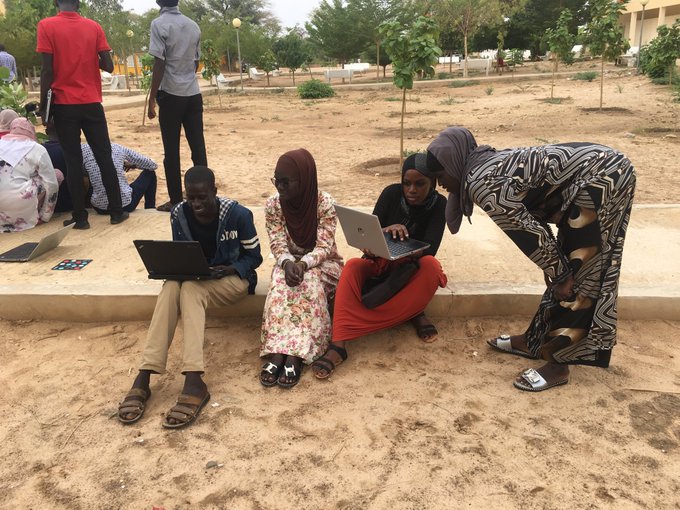
Senegal
I went to Senegal to teach a week-long workshop on drones for agriculture to Masters and Ph.D. students at the Alioune Diop University of Bambey.
I worked with Dr. Assane Gueye, who is a professor at the University Alioune Diop. He is the Information Technology Masters Program Manager. Previously, he was a postdoc researcher at the Computing and Communication Theory Group in the Information Technology Laboratory at the National Institute of Standard and Technologies. Assane received his Ph.D. in EECS from UC Berkeley and his MSE in Communication Engineering from the Ecole Polytechnique Fédérale de Lausanne Switzerland in 2004.
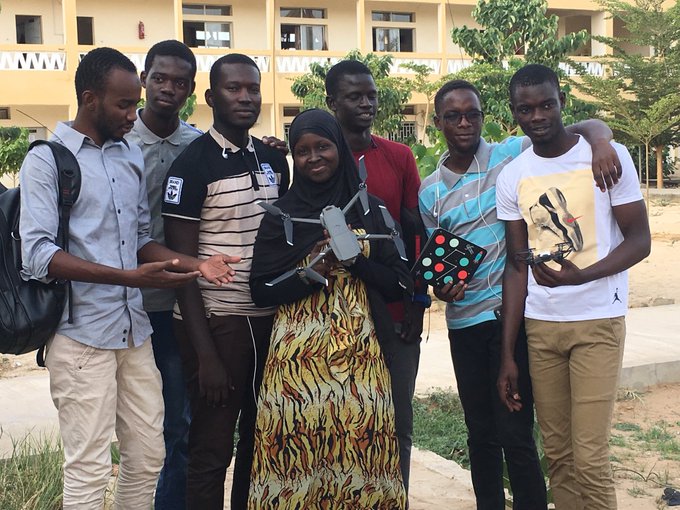
We covered physics of powered flight, spectral properties of leaves & plants, practical sessions of flying a drone, programming flight plans, training in a flight simulator and Artificial Intelligence applied to agriculture, building a solution for detecting plant diseases from drone pictures.
One goal was to use drones to collect data and provide plant health information to farmers, such as Normalized Difference Vegetation Index maps. One important choice we made when preparing this workshop was to leverage the Internet to give the opportunity to the students to go beyond the classroom.
The Internet has opened fantastic opportunities in virtually every sector in Africa, including text and voice for those who cannot read, offering access for many different populations. What Internet connectivity allowed, in our case, was to send a link to a resource about controlling a small drone with a custom visual interface and hooking it to IBM Watson to recognize objects in a picture. This provides resources to people and empowers them to learn at their own pace.
In one example, students were going to follow a tutorial online, with half of it by themselves. I asked one of them to teach that part of the class instead of me. That’s really where the power of the Internet lies. Being able to curate a set of online resources and making it available to students on the other side of the globe is powerful. Instead of a one week workshop for one group of students, that involves travel, lodging and more, we can reach out to thousands or millions of people anywhere in Africa — provided there is connectivity. One of the students is Marie Pascaline Sarr, was selected from a national competition to attend the 2019 Lindau Nobel Laureates in Physics Meeting.
Ms. Sarr is working on multiple projects including a heliostat.
Africa has so many of these young and brilliant minds, and we can help them by providing true Internet connectivity.
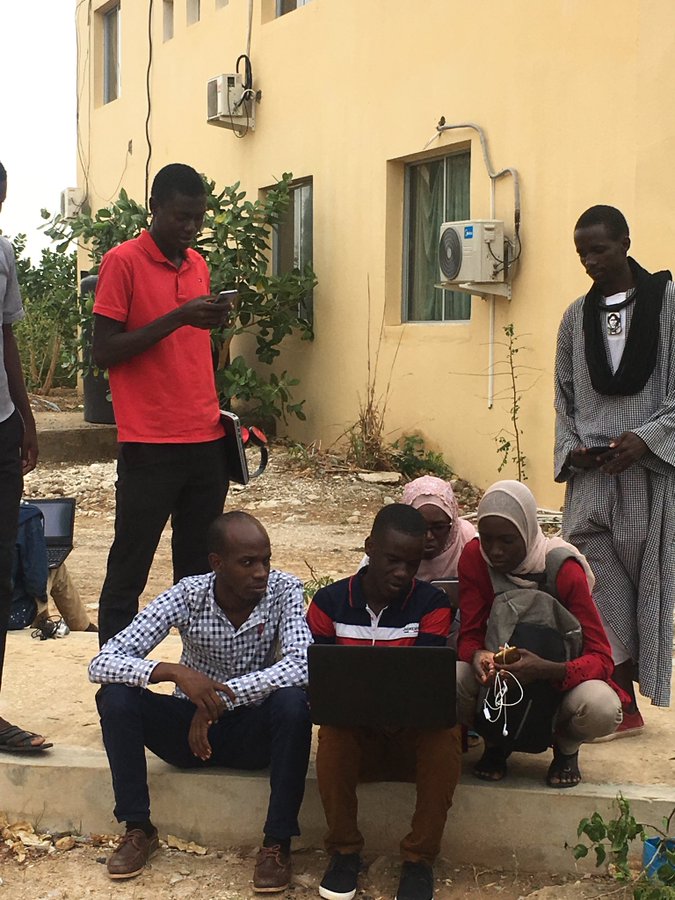
Burkina Faso
In Ouagadougou, the plan was to build a computer vision solution for object detection in aerial images. The challenges are lack of Internet connectivity, reliable energy, and Artificial Intelligence expertise. The training process has to be done locally, and the inferencing relies on inexpensive hardware.
The area of expertise needed for this task are:
Information acquisition:
- Intelligent Information Acquisition which means flight planning and data collection
- Terrain model generation/3D reconstruction along with orthomosaics
Machine Learning model training:
- Running small experiments to choose the right Machine Learning model training framework, finding the optimal hyperparameters (i.e. learning rate, batch size)
Simulated 3D environments:
- Synthetic images can be collected from a simulated 3D environment
- Training pilots in a realistic 3D environment
- Simulation flights with Hardware In The Loop, in a 3D environment.
The environment is built from actual pictures I took in Burkina Faso. It allows to train pilots in a realistic 3D environment where they will ultimately flight for real.
Some of the 3D environments created are available on Sketchfab https://sketchfab.com/models/d78ccf2682584c8fb6fada97b61c943f and https://sketchfab.com/models/481a5a046082444eb2825a67744e236b?ref=related
The process consisted in dataset collection, cleaning, annotation and augmentation. From there choosing a machine learning framework, model, training hyperparameters and model optimization for inference.
Collecting the pictures with a drone was the easy part. The rules are permissive, but they are about to change, as the Civil Aviation is the late stages of formalizing new laws for unmanned (small) aircraft.
First, I annotated 300 pictures myself. Next, I launched the training process of the dataset with some data augmentation techniques due to the limited set of training data. I needed about 22000 iterations based on the hyper-parameters (i.e. epochs, batch size).
At about 2/3 of the training process, there was a blackout, and I had to restart, making changes to saving the model every 1000 iterations. Eventually, we achieved our goals in 3 days.
With improvements, I will be able to streamline the process and achieve better results. One such improvement includes hyperparameter search experiments. Using Kubernetes on NVIDIA GPUs, I plan to run hundreds of scaled-down searches to find the best learning rate, number of epochs and other parameters.
In the USA, it is possible to perform the same tasks in a couple of hours using Amazon Web Services, Google Cloud, or Microsoft Azure. The lesson learned from this experience is that it is possible to deliver AI-powered analytics from scratch in a challenging environment with power outages, lack of Internet connectivity.
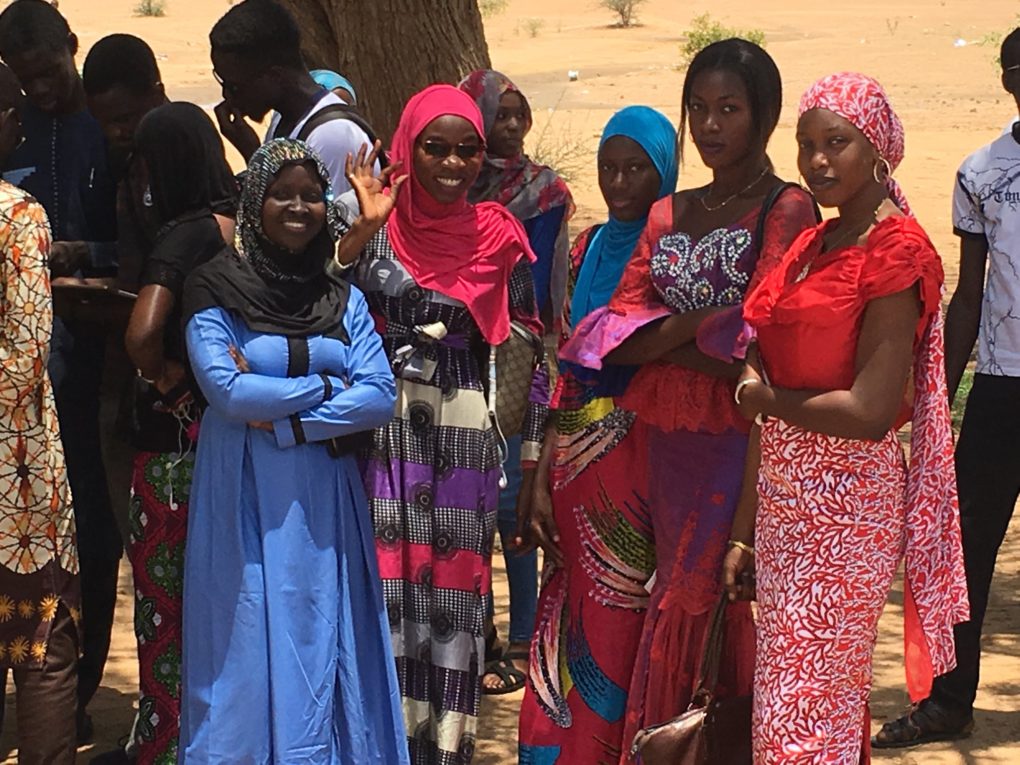
Artificial Intelligence can play a great part in the development efforts of many countries in Africa. Despite the challenges, People-Centered Internet is doubling down on initiatives and opportunities for Digital Connectivity and Inclusion in West Africa. We believe that Internet access is just the start, and access to technology and resources is also needed. Access to useful information will turn a generation of young and aspiring Africans into knowledgeable people that will build solutions to better their lives. We disseminate knowledge and provide mechanisms to deliver information so that people are encouraged to go out there and ask the right questions and offer solutions in order to live better lives.
If you liked this post, you can follow us on Twitter and Facebook for more updates.

thank you for your commitment, Serigne Asse Gueye student at Université Alioune Diop, Bambey-Senegal